26 Dec 6 Parenting Tips to Raise Curious Children
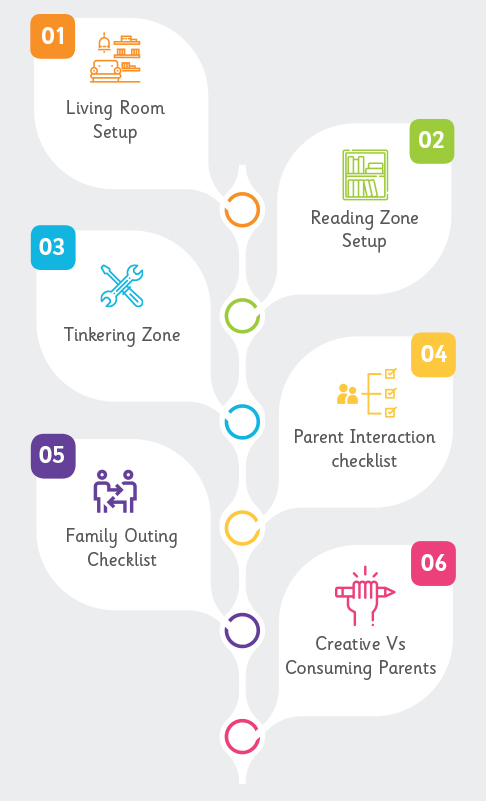
“I have no special talents, I am only passionately curious”, said Albert Einstein. When Einstein was a child, his father brought him a compass. No matter which way the boy turned the compass, the needle always pointed north, as if held by an invisible hand. Einstein was so curious about it and he wanted to know about than anything else for a few months. Curiosity is nothing but the desire to know or learn. It’s a deep feeling inside that drives children to discover more.
A curious child is a learning child. As a parent, you are responsible for allowing your child to explore, tinker, ask questions, and try to figure out how things work. Encourage your young child’s curiosity by setting up a home environment that nurtures this natural exploration.
Follow these six steps in your home to make your child curious.
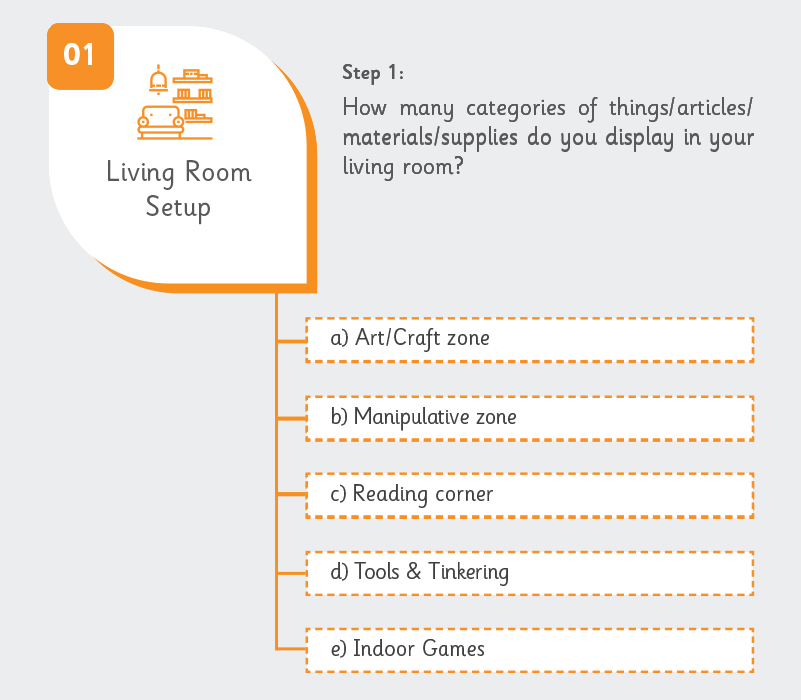
1. Display Different Interactive Zones in Your Home
Your living room can be a place where children can explore 100 things. When children see something exciting and attractive, their natural curiosity kicks in. They want to ask questions about it, touch it, examine it more closely, and play with it. While many adult knick-knacks are not appropriate for this type of curiosity, there are plenty of things you can put in your home to give your child the pleasure of discovery and mastery.
Consider setting up different interactive zones in your living area. We recommend the following types of zones, and each one will be discussed more thoroughly later in this article.
- Arts and Crafts
- Manipulatives
- Reading Corner
- Tools & Tinkering
- Indoor Games
Make Sure Children’s Materials Are Easily Accessible
Each zone should be accessible by your child, so he can reach the toys or books by himself whenever curiosity strikes. If you have games in a cabinet, make it an open cabinet, or a cabinet with a transparent door. “Out of sight, out of mind” is quite often true when it comes to small children. If you want your child to play with certain materials, make them visible, at your child’s height, and easy to take out and return.
Create an Open, Child-Friendly Space for Your Child
Examine your living area and ask yourself, “Is there enough space for my child to explore?” Freedom to move about is key to learning through curiosity. Not only should there be plenty of space to build castles, fix puzzles, and use tools, there should also be room to make a mess. Making messes is part of children’s play and exploration. While mess-making may be stressful to you as the parent, remember the end goal of allowing your child’s curiosity to play out. It would be best if you also made it easy on yourself by creating a space that can be quickly cleaned up.
How safe is your child’s play space? Your child should not have to be afraid of breaking something fragile with every move he makes. Instead, keep breakables away from your child’s reach. Items that are very expensive and should not be played with should not be part of the interactive zones in your living area. For example, if you want to allow your child to play with a camera, but the camera you own is quite valuable, get your child a camera that is age-appropriate, whether that be a toy camera or an inexpensive working camera geared toward children.
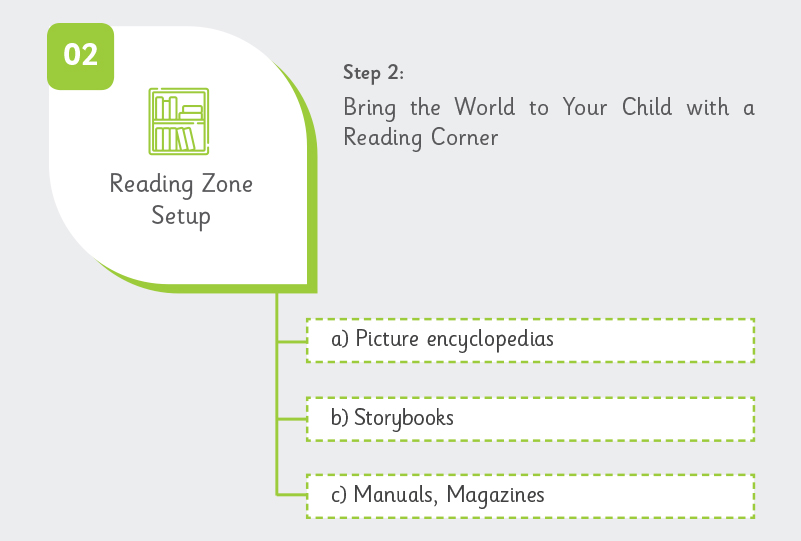
2. Bring the World to Your Child with a Reading Corner
Although we do encourage field trips and travel, all parents are limited in some way as to how many places they can take their child. That’s where books come into the picture! A comfortable reading nook, equipped with a bean bag or a child-sized chair, is a perfect place to allow your child’s curiosity to wander the world through books and pictures. What sorts of books are your children fascinated in?
- Picture encyclopedias show everyday items and items they’ve only heard of.
- Storybooks ignite your child’s imagination and make them want to hear the story again and again.
- Manuals, especially ones with plenty of bright illustrations, get your child curious about how things work.
- Store catalogues give your child plenty to look at and wonder about.
- Atlases and travel brochures show your child areas of the world they’ve never even imagined.
- Magazines with age-appropriate pictures in them engage your child’s brains in new ways.
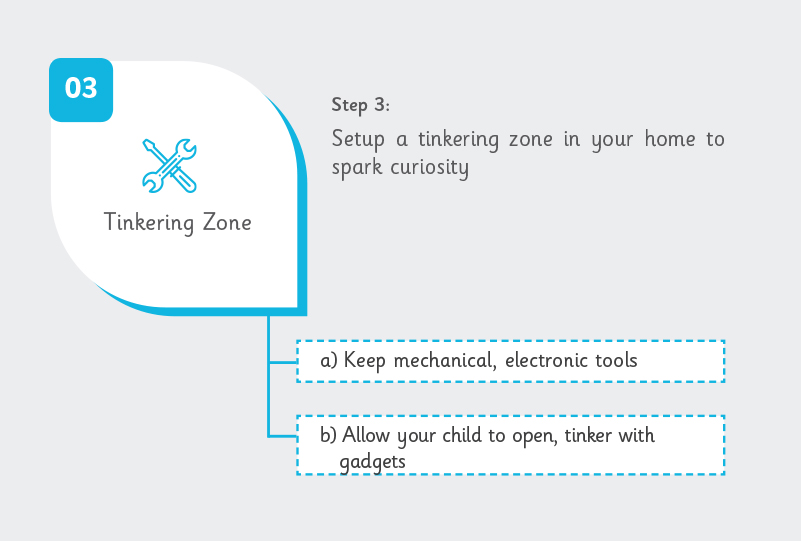
3. Tools Help Children Learn How Things Work
Being curious often requires more than a pencil and paper. Some kids are natural tinkerers, and their creativity is sparked when they have a tool in their hands. Always consider your child’s safety, but don’t rule out tools that your child can learn to master through a few simple lessons from you. Here’s a quick list of tools you may want to keep in your tinker zone:
- Tape measure
- Screwdriver
- Pliers
- Spanner
- Drilling and cutting machines
- Level
- Lightweight hammer
- Duct tape
- Torch
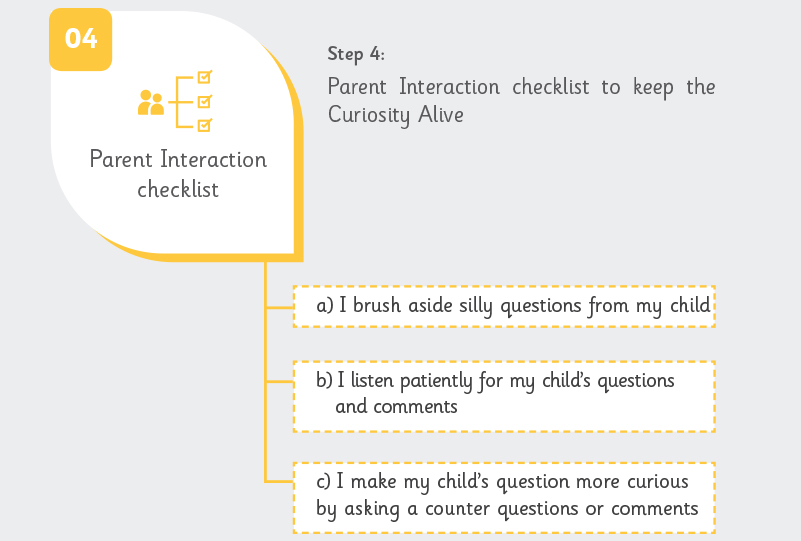
4. Parent Interaction Keeps the Curiosity Alive
How many times does your child ask, “Why?” It can get tiring after a while, but try not to ignore all those curious questions that your child throws your way. Instead, really listen to your child, and be aware that he may want to know the answer. When you begin to have two-way conversations with children, it opens up a door to the way they think. It also validates their thoughts. They know that you are taking their thinking seriously, and they feel more free to be curious and alert.
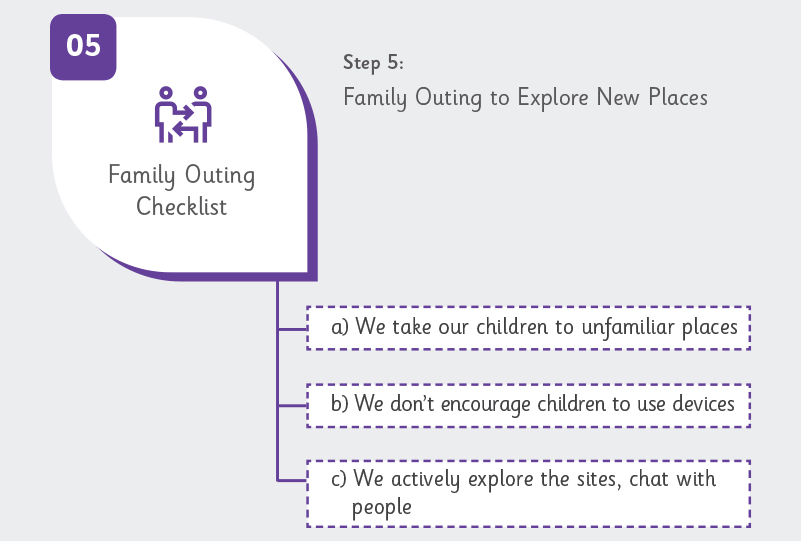
5. Allow Your Child to Explore New Places
Family outings are always exciting for children. They see things they have never seen before. They learn so much about the world when you take them to a beach, a river, a friend’s farm, or a nature trail. Try not to rush your child through the experience. Instead, allow him time to explore and interact with the new person, place, or thing. In fact, it’s always a good idea for you to be a good example and explore the place as well!
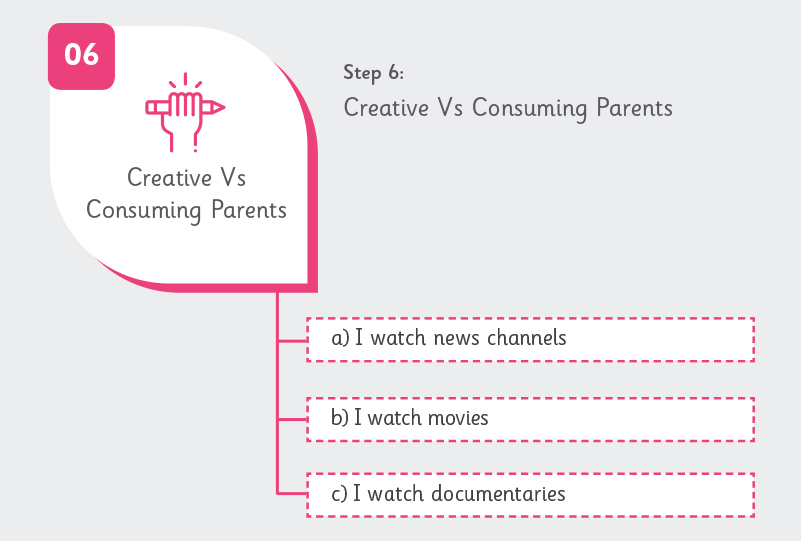
6. Be A Curious, Creative Parent
When children see their parents being curious, they become curious too. So what do your kids see you doing? If they see you watch television, play on your phone, and listen to music with earphones, they see a parent who is consuming things. However, if they see you writing, repairing broken things around the house, dancing, playing board games, and cooking, then they are seeing a creative parent. Children love to copy their parents, so make sure you are demonstrating a creative lifestyle!
We want to remind all parents that a treasure trove of beautiful toys, games, and tools is nothing compared to the genuine interest you show in your child’s curiosity. Remember to help him when he asks for help, playing with him, and answering questions. Your role as the enabler of your child’s curiosity is vital to your child’s learning process. Please download E-book for a checklist of how you can arrange your living space and lead a life of curiosity in your home. We also encourage you to talk about these things with Miyav Kids for more valuable ideas.
Author

Manikandan S T
Designing the Learning Experience
Mentor at Miyav Kids



